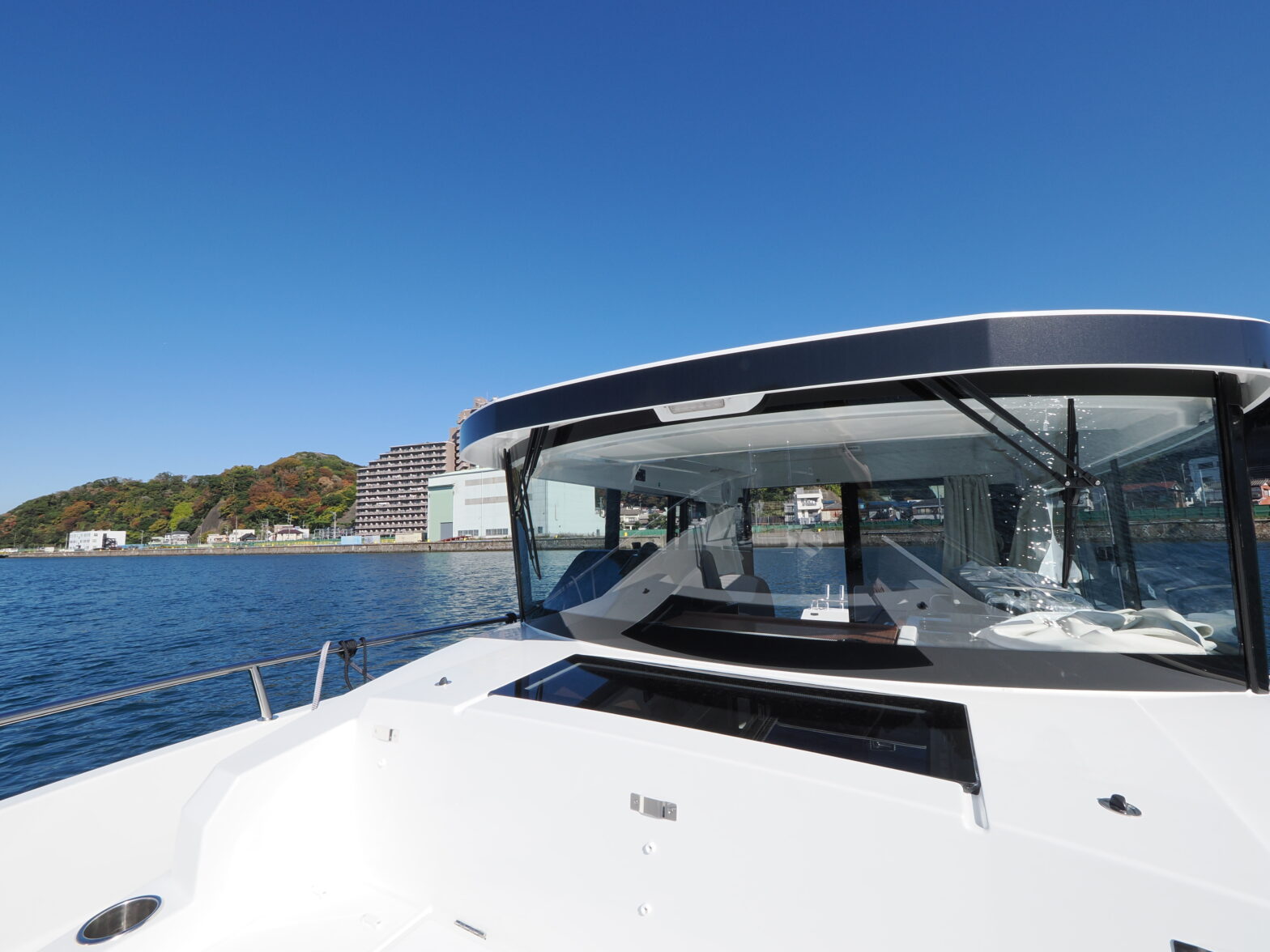I, Rikutsu-Kone-Taro, with approximately 15 years of experience as a paper captain, want to share my reflections on the first day of launching my own boat. I hope this will be helpful for novice captains like me who are getting started in their later years.
The key to operating a boat lies in ‘planning’ in every aspect. Unlike driving a car or a motorcycle on a paved road, relying on reflexes for navigation is almost useless.
Prepare for the next move from the current situation, execute it, and connect it to the following move. That’s the essence of boat operation, I realized.
Since a boat exists at the interface of two fluids, air and water, it naturally experiences the influences of both air and tidal currents. Both being fluids, a complete stop for the boat is impossible.
Even if moored with multiple ropes, as long as there is wind and sea current, the boat never remains stationary. Therefore, whether turning the helm or adjusting the engine’s RPM, the boat’s response becomes apparent a few seconds later.
Anticipating this input operation and the time lag in the boat’s behavior change, and proactively executing the next move ahead of time, that’s the essence of boat navigation, I feel as Rikutsu-Kone-Taro.
So, the ability to predict is crucial for such a vehicle. Predicting and incorporating the time lag in behavioral changes into actions executed beforehand. It’s necessary to continuously think in this manner and operate the boat proactively.
In terms of the act of navigation itself, how to predict and perform pre-navigational operations for the delayed movements of the boat—this might be the fascination of boat driving.
By the way, in the sea, events that are unthinkable on land occur. For example, the sea is fundamentally free for anyone to sail wherever and at whatever speed. Of course, laws and regulations apply to designated sea areas, navigation routes, and areas near land, where fixed nets are installed.
Moreover, under specific conditions, individuals without a ship handling license are allowed to navigate a boat. Also, boats with engines below 2 horsepower and a length of less than 3 meters do not require a license or inspection. Even those who know nothing about the law can go out to sea freely.
Leaving the marina involves avoiding fishing nets, shallow areas, maintaining an appropriate distance from other boats, and minimizing the impact of one’s boat’s wake on other boats, requiring attention. Above all, spotting boats that have ventured far out at sea with a small boat requires keen observation, as collisions can happen inadvertently.
But, in the sense of playing in the same sea, we are comrades, so I intend to pay close attention.
Anyway, this is how I felt on the first day of launching. There is much to learn and get used to. Let’s do our best.
That’s all for now.
If you are interested in other content on this site, please click here for Table of Contents By Topic. If you are interested in Pages About Boating And Sailing, please click here.
